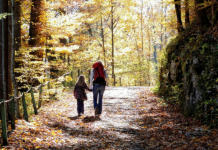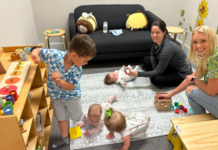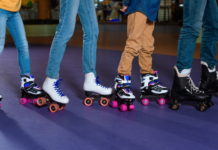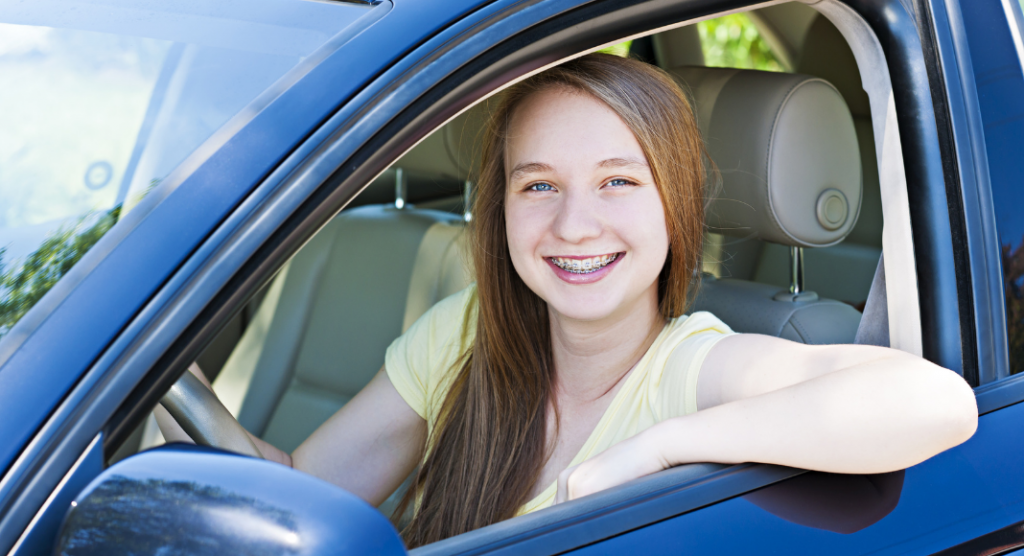 Once upon a time, I kind of freaked out about having a baby. It was our first, and who knew what to expect? All I knew was that life would change forever, and we were most likely highly unqualified to raise this person into adulthood.
Once upon a time, I kind of freaked out about having a baby. It was our first, and who knew what to expect? All I knew was that life would change forever, and we were most likely highly unqualified to raise this person into adulthood.
We had that baby, a little girl, almost 16 years ago. Then we added another little girl to the family and have had appropriate freak-outs when they’ve started preschool, kindergarten, middle school, and high school.
And now we have a student driver, which is an altogether different ball of wax.
I’ll be honest with you – this isn’t a milestone that I really thought about. I knew someday she would drive, I just hadn’t thought about the process of teaching her.
Buckle up, buttercup – it is not for the weak!
One day, you’re teaching this little creature how to use a spoon, and seemingly the very next day, she’s behind the wheel of a CAR getting ready to DRIVE.
ON THE ROAD.
It’s bananas.
Our oldest first drove on a farm in Virginia with my brother-in-law, who is so calm. Wide-open country roads on the farm with no other traffic gave her a feel for the gas and brakes and how to steer. I’m not going to lie – I’m THRILLED that I didn’t have to do that with her first since I still clearly remember my foot on the gas pedal the very first time all those years ago. It was not a smooth and seamless acceleration.
After driving on the farm, my daughter drove in some abandoned parking lots in the early mornings with my husband, again getting the feel for basic acceleration, braking, and steering.
Then somehow, I drew the short straw of getting her on the road the first time. We were at my parents’ and I took her driving in their neighborhood. We drove the same three streets starting at about 8mph. By the end of the 30 minutes, we were up to probably 15mph, and both of us thought that seemed too fast.
It is unnerving to teach your kid to drive, but it is so important that you do it very deliberately and intentionally. Someday, you’ll unleash them on the road and for everyone’s safety, they need to have as much practice and experience as they can have at that point.
The South Carolina Department of Motor Vehicles publishes a guide called The Parent’s Supervised Driving Program that walks you through how to help your student driver and different lessons to be working on – parking, driving on rural roads, highway driving, three-point turns, etc.
And here’s what I’ve learned, six months into the process.
Start modeling good driving behavior for your teen now
No texting. Wear your seat belt. Stay focused. Follow traffic laws.
Stay calm
Sitting on the other side, not being in control will make your blood pressure skyrocket. You’re positive they’re about to knock off every mailbox on the side of the road, run over every curb, and hit all the parked cars. (They probably won’t) And you just have to breathe through some of those fears. What you cannot do is freak out loudly.
Also, anyone else in your car, specifically I’m thinking of younger siblings who maybe sometimes get into it with the driving sibling, must leave that garbage out of the car. Every once in a while, my girls will start to snipe at each other while the oldest is driving and I shut.it.down. There’s no room for a distraction like that, so make sure anyone else in the car understands those rules. And when we’ve driven carpools with other kids (always making sure the parents know what’s about to go down), I give those kids the same speech.
Start small
We started with quick little trips on easy, uncrowded streets while my daughter got a feel for all of it. Then we graduated to busier streets and longer trips. We’ve kept doing that and she actually drove us home from the beach Labor Day weekend on the interstate – and she did great.
Drive a lot
Pretty much any time she’s in the car, my daughter is driving. She drives us to school in the morning. She drives us home from volleyball practice in the evening. She drives me on my errands on the weekend. She’ll drive anytime she’s going somewhere. Navigating parking lots is also important. Driving when the sun is setting is important. Driving when it’s busy is important. Driving when it’s foggy is important. Driving a lot is important.
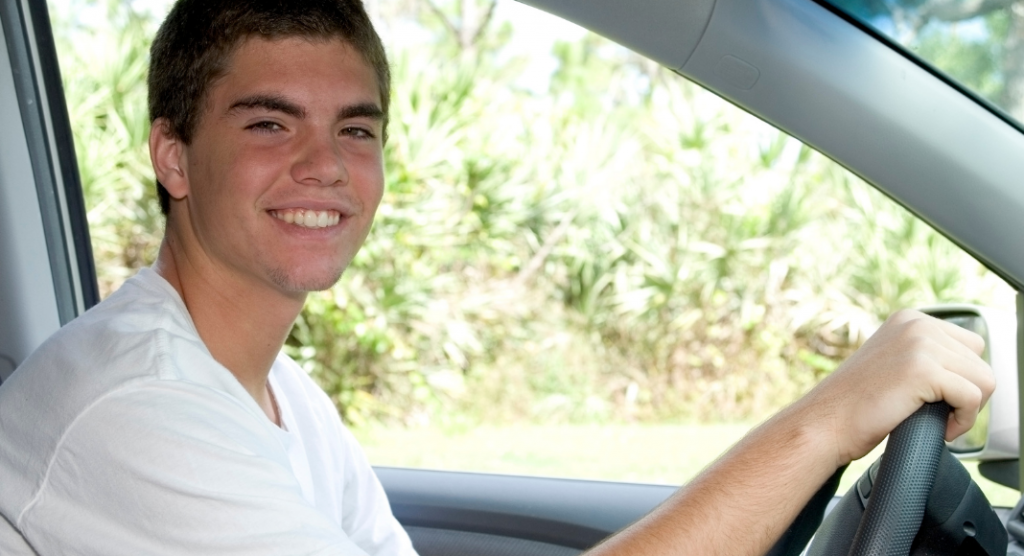 Drive at night
Drive at night
We haven’t done enough of this yet, partly because it was getting dark so late. But now that it’s getting dark earlier, my daughter is starting to drive in the dark too. Figuring out how the lights reflect differently, and seamlessly switching from regular beams to high beams, and back again.
Drive in the rain
We’ve stayed off the interstates in the rain so far. While my daughter is trying to get more comfortable with both driving on the interstate and driving in rain. But the next time it rains, that’s where you’ll find us. For now, when it rains, we’re on the surface streets, being more cautious with our stops and starts. Figuring out when she wants to turn on the windshield wipers. How even much more heightened her concentration has to be when conditions aren’t ideal.
Drive on the interstate
This was probably the scariest thing to do for me, just because everything happens so fast and my daughter doesn’t have the muscle memory, experience, or reflexes to be great at responding. We started very early on the weekend so she could get a feel for speed (because let me tell you when they first start out even 30mph feels speedy for both of you!). Gradually she went farther and farther – she changed lanes, even!
There’s one way to school where she can get on the interstate for one exit and the onramp turns into the offramp, so we don’t need to change lanes. That gives her practice for people coming into her lane at high speeds and how nimble she needs to be with her speed – accelerating to an acceptable speed, but then also decelerating as she exits. Periodically we’ll take the interstate the whole way, and my daughter knows what to look for and we talk the whole time about what’s happening around our car and how to think ahead to what we’ll need to do.
Just when you think you’ve sussed out parenthood, you hit a new stage full of its own tricks and challenges.
We’ve been through a couple of them now, but driving has been different than all of them because it’s one more step to their independence and if they get it wrong – or someone around them gets it wrong – it can be catastrophic. Parenting is not for the weak, y’all, but you probably already figured that out. The statistics are scary, and once you’re driving with your baby, they take on a whole new meaning.
So practice, practice, practice with them every chance you can. Help them be ready for whatever comes their way. Help them be confident in their abilities. Help them stay calm. Help them keep our roads safe.
But just like all the other scary things they’ve done in their little lives so far, they’ll figure this out, too. Our job is to teach them well and help them feel confident. Because once they can drive, they can drive. To school. To practice. To the store. It’s like a little bit of your life will become your own again. Bittersweetly, yes, but remember our goal is to raise adults. Fully-functioning, don’t-live-with-us-anymore adults. This is just another step in that process.

